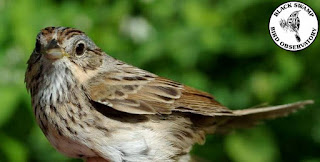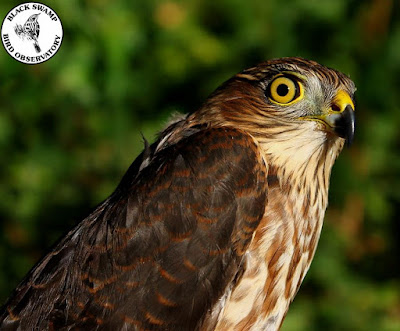Date: Sunday, October 25, 2015
Pictured: American Tree Sparrow
- Number of Recaptures: 27
- Number of Species Banded: 18 (+3 recap only)
- Top Five Species Banded: Golden-crowned Kinglet 18 (+3 recap), Ruby-crowned Kinglet 12, American Robin 9 (+1 recap), Red-winged Blackbird 7, and White-throated Sparrow 5 (+5 recap).
- Total Number of Species on Point Count: 24
- Total Number of Species Recorded: 50
- Total Number of Warbler Species Recorded: 4 (27 plus Brewster’s for fall)
- Total Number of Hours Station Operated: 5.5
Highlights: American Tree Sparrow, Northern Waterthrush, Tennessee Warbler, Gray Catbird, and House Finch.
Notes: Nice early/late combination with Tree Sparrow and Northern Waterthrush. Tree Sparrow and House Finch first for the season.
Weather: Winds North. Temperature in the 50s.
*Sunday the 25th marked the last day of the fall banding season at the Navarre Marsh Banding Station, and it seems only fitting that a bird synonymous with winter (the American Tree Sparrow) would make its first appearance at the close of the season. We will continue our Navarre Marsh daily updates next Spring, beginning in April 2016. Until then, you can review all that has happened this past year by following the links below:
For complete reports on Daily Banding Totals and Daily Bird Checklists (where you can see how many of each species was banded and what species were seen on each day) from the 2015 Fall and Spring banding seasons, click over to BSBO's website -http://www.bsbo.org/passerines.html



























































